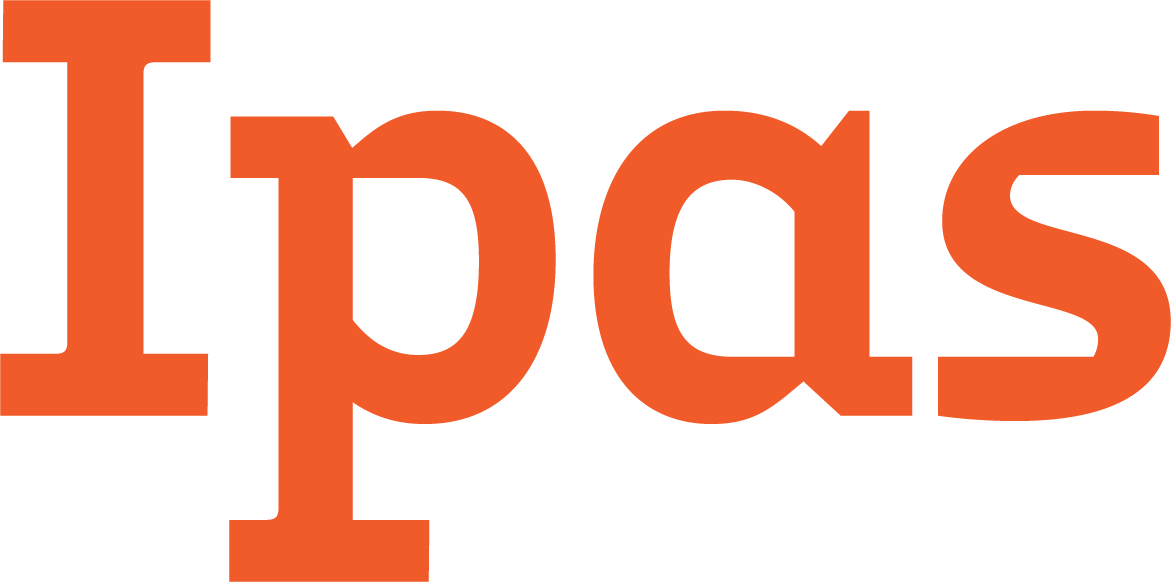A Q & A with Anu Kumar (Ipas President & CEO), Kristen Shellenberg (Ipas Senior Researcher) and Alex Teixeira (Ipas Senior Technical Advisor)
Why was this toolkit developed?
Abortion stigma plays a critical role in the social, medical and legal marginalization of abortion around the world and leads to negative outcomes for women, girls, trans people and their communities. For many years, sexual and reproductive health and rights organizations, including Ipas, have been working to understand, measure and mitigate abortion stigma. Several partner organizations, as well as Ipas staff around the world, expressed the need for a collection of concrete tools and activities to address abortion stigma in different settings and contexts. Ipas developed this toolkit to help meet that need. “Abortion stigma ends here: A toolkit for understanding and action” represents a curation of exercises from other fields of stigma, our own modifications of Ipas tools to focus on abortion stigma, and new tools created to support deeper conversations about abortion stigma.
What does abortion stigma look like and why is it important to dismantle it?
While abortion
stigma can differ depending on context—and on how it interacts with society and
culture, laws and gender roles—it often looks similar in terms of how it is
perpetuated (through things like labeling, stereotyping and discrimination) and
how it manifests. See pages 7 to 11 of the toolkit’s Introduction module for
more information on how to define stigma, types and levels of abortion stigma,
how it happens and its impact and consequences.
Abortion
stigma causes women’s, girls’ and trans people’s health to be jeopardized, and
their rights—to health, bodily autonomy, and to the benefits of scientific
progress—to be violated. By working to dismantle abortion stigma, we can help
to ensure that these fundamental rights are met.
How will the toolkit help individuals and organizations to address and eliminate abortion stigma?
The toolkit
supports individuals and organizations to identify what abortion stigma looks
like in their settings. It can help people build a collective understanding of
abortion stigma and determine how to think or talk about abortion positively. It
can also help build the capacity of individuals and/or organizations to create
a broader abortion stigma-reduction strategy, campaign or programmatic
intervention. The toolkit’s activities serve as a foundation for a common
language, understanding and shared analysis of abortion stigma that is needed
to design such strategies.
How does the toolkit contribute to other existing literature on abortion stigma?
While there
are many published peer-reviewed articles about abortion stigma, there are
limited resources on how organizations can further understand and address abortion
stigma. This toolkit begins to fill that gap and contributes to taking action to
combat abortion stigma.
Where do you think the field is in terms of abortion stigma?
The sexual
and reproductive health and rights (SRHR) field is taking several tactics to
combat abortion stigma globally, including:
- Using a stigma lens to examine every aspect of abortion, service
delivery, legislation, programming in community-based organizations (CBOs) and
nongovernmental organizations (NGOs), media messaging and more; - Highlighting the root causes of abortion stigma, including the
intersectionality of the issue; - Pushing ourselves to work at every level of society to make small but
important changes around abortion stigma, from individual beliefs to culture
and media; - Designing, implementing and evaluating stigma-reduction efforts in a
variety of contexts and with different stakeholders.
There is a small but growing body of scientific evidence on how stigma manifests and is perpetuated, and a vibrant community of professionals dedicated to understanding and addressing abortion stigma. A variety of measurement tools are used and shared widely across large NGOs and CBOs. Through interventions and programs, the field has provided platforms for people to share their personal or proxy abortion stories, express their values around abortion and discuss openly the role that abortion plays in peoples’ lives. The field has secured institutional commitment to addressing stigma, including from NGOs. To increase access to and acceptance of abortion, stigma must be addressed within communities, facilities and institutions. This toolkit is a way to facilitate important conversations and make progress toward dismantling abortion stigma.
For more information, contact [email protected].

